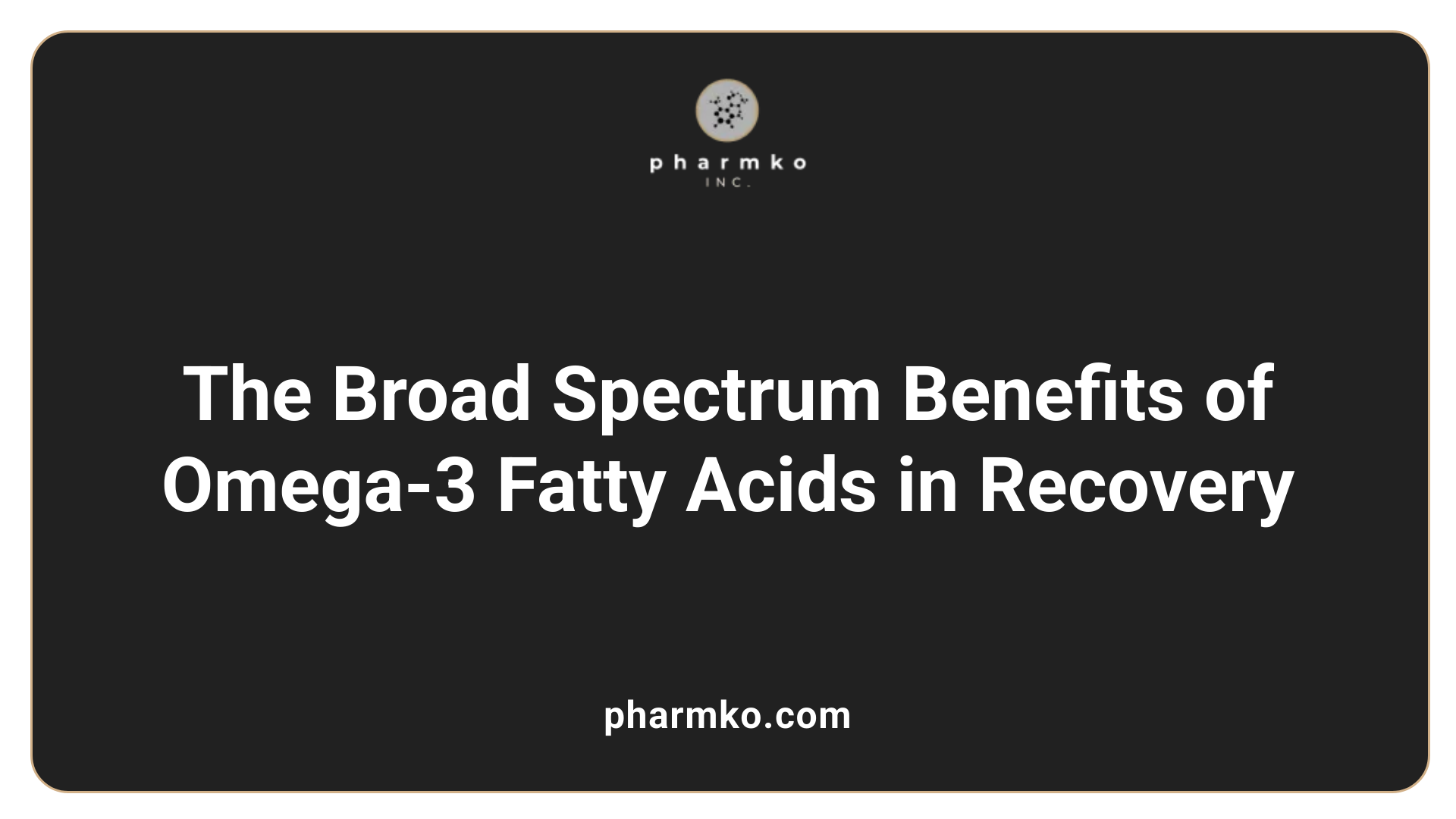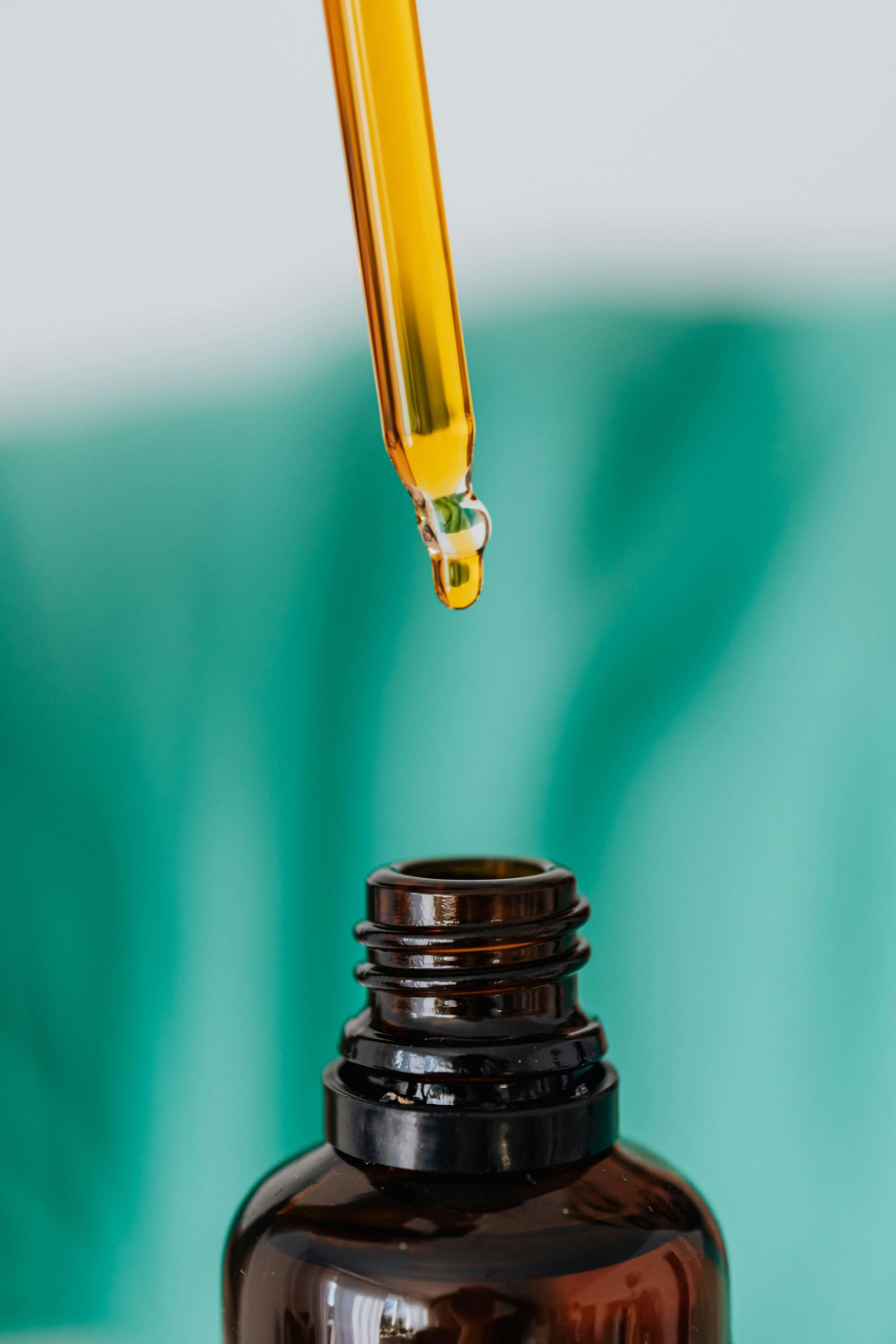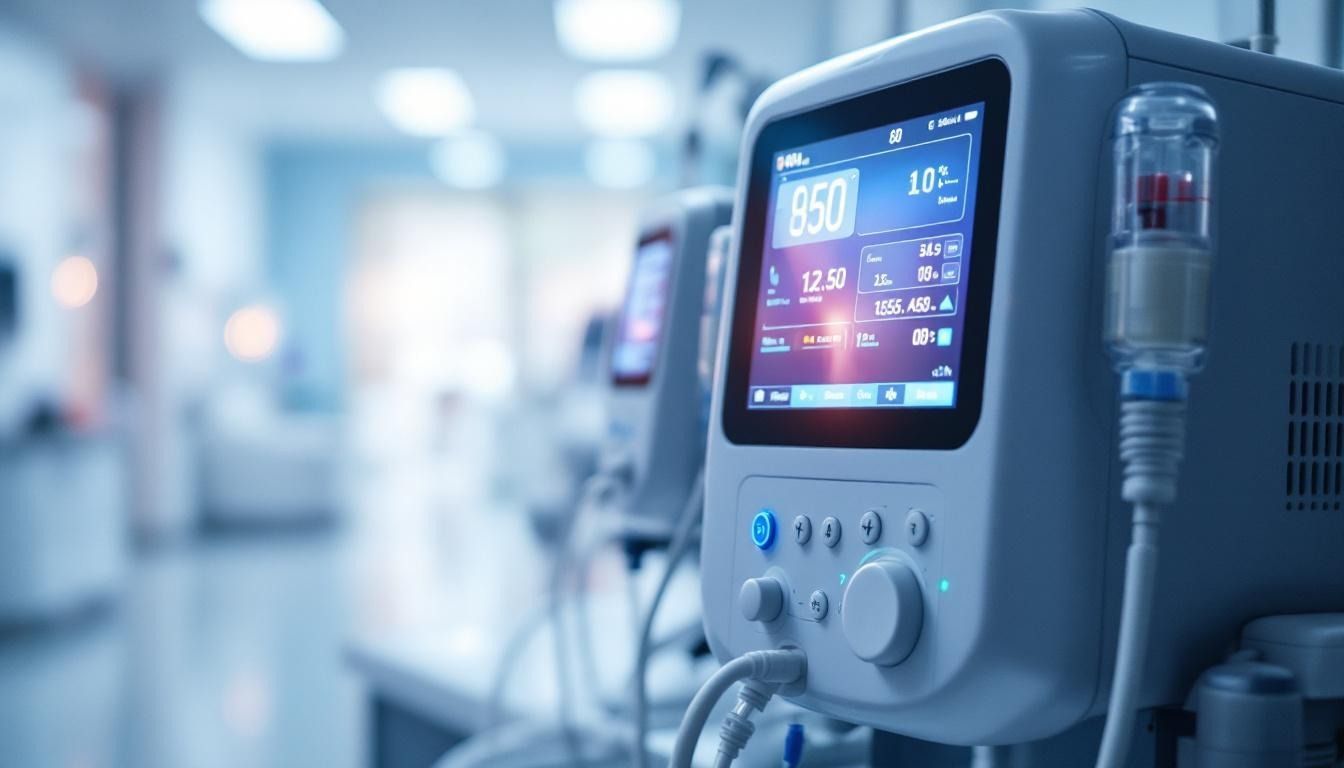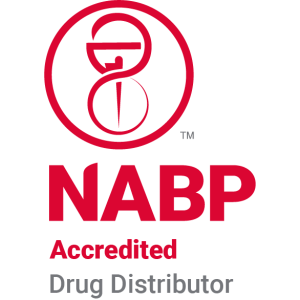The Role of Omega-3 Fatty Acids in Parenteral Nutrition
Exploring Omega-3 Fatty Acids in Clinical Nutrition
In the realm of parenteral nutrition, omega-3 fatty acids have emerged as vital components influencing patient outcomes in critical care settings. From reducing infection rates to modulating inflammatory responses, these essential nutrients play a crucial role in improving clinical results for patients who cannot consume food orally. This article delves into the significance of omega-3 fatty acids in parenteral nutrition, particularly focusing on their effects in critically ill patients.
The Science Behind Omega-3 Fatty Acids in Parenteral Nutrition

What are the effects of omega-3 fatty acids in parenteral nutrition for critically ill patients?
The inclusion of omega-3 fatty acids, particularly eicosapentaenoic acid (EPA) and docosahexaenoic acid (DHA), in parenteral nutrition formulations has shown notable beneficial effects for critically ill patients. These benefits manifest primarily as a reduction in infection rates and a shorter length of hospital stays.
Omega-3 fatty acids exhibit powerful anti-inflammatory properties. They can replace pro-inflammatory arachidonic acid, leading to a decrease in inflammatory markers like C-reactive protein (CRP). Clinical studies indicate that the introduction of omega-3s allows the immune response to be better regulated during critical or surgical illnesses.
Reduction of infection risk
Evidence suggests that omega-3 fatty acids can significantly lower the incidence of nosocomial infections and enhance recovery outcomes in hospitalized patients. Network meta-analyses highlight that fish oil (FO) emulsions reduce infection risk when compared to traditional soybean oil emulsions. This reduction is particularly crucial for patients at heightened risk of developing infections due to prolonged parenteral nutrition.
Improvement in clinical outcomes
Fish oil-based intravenous lipid emulsions are consistently ranked higher for various clinical outcomes. Patients receiving these emulsions demonstrate better resolution of inflammation and faster recovery post-surgery, reflecting improvements in overall clinical outcomes. For instance, one analysis found that patients on omega-3 supplemented parenteral nutrition had a mean reduction of 9.49 days in their length of stay.
Comparison with other lipid emulsions
Comparing omega-3 fatty acid-enriched emulsions to traditional lipid formulations, the benefits of omega-3s can be overwhelming. They address issues of liver function and protect against hepatic complications, especially for patients requiring long-term nutritional support. The International Lipids in Parenteral Nutrition Summit endorses the use of fish oil emulsions, reinforcing their role in enhancing patient outcomes and advocating for refined nutritional strategies in critically ill settings.
| Aspect | Soybean Oil Emulsion | Fish Oil Emulsion | Conclusion |
|---|---|---|---|
| Infection Risk | Higher | Lower | FO reduces infection incidence |
| Hospital Length of Stay | Longer | Shorter | FO leads to shorter stays |
| Biochemical Outcomes | Standard | Improved | FO promotes better biochemical health |
| Regulatory Endorsements | Standard use | Strongly endorsed | FO recommended for critically ill |
Mechanisms of Action and Impact on Inflammatory Response

How do omega-3 fatty acids impact cell membranes?
Omega-3 fatty acids, particularly long-chain polyunsaturated fatty acids like Docosahexaenoic Acid (DHA) and Eicosapentaenoic Acid (EPA), significantly enhance the fluidity of cell membranes. This increased fluidity fosters better interactions among lipids and proteins, which are essential for various cellular functions.
These fatty acids replace less favorable membrane components, specifically arachidonic acid, leading to the production of anti-inflammatory eicosanoids. Such changes influence multiple signaling pathways vital for gene expression and the modulation of transcription factors, which in turn help to mitigate inflammatory responses.
Furthermore, omega-3s play a critical role in key biological pathways, including the Arachidonic Acid, JAK-STAT, MAPK, and NF-κB pathways, leading to an overall decrease in inflammation. This modulation is particularly beneficial for patients experiencing conditions such as systemic inflammatory response syndrome (SIRS) and sepsis, where inflammation plays a significant role in patient morbidity.
Role in systemic inflammatory response syndrome (SIRS)
In the context of SIRS, omega-3 fatty acids demonstrate a notable capability to enhance immune function while suppressing exaggerated inflammatory responses. Their incorporation into parenteral nutrition protocols has been linked to improved recovery outcomes for patients, especially after major surgeries or during critical illness.
As the inflammatory response is a natural defense mechanism, excessive activation can lead to adverse effects. Omega-3 supplementation helps in mitigating these effects by not only reducing the levels of inflammatory cytokines but also optimizing cellular membrane compositions preoperatively. This ensures that cells can better withstand inflammatory challenges, ultimately supporting enhanced patient recovery and reducing complications associated with prolonged inflammation.
Research continues to reinforce the importance of integrating omega-3 fatty acids into clinical nutrition strategies, particularly for critically ill patients, reinforcing their role in bolstering immune health and providing organ protection.
Comprehensive Benefits Beyond Inflammation

Effects on Liver Function and Metabolic Outcomes
Omega-3 fatty acids, particularly eicosapentaenoic acid (EPA) and docosahexaenoic acid (DHA), have been shown to improve liver function in critically ill patients. When incorporated into parenteral nutrition (PN), these fatty acids help reduce the risk of hepatic complications. Research indicates significant decreases in liver enzyme levels, such as aspartate aminotransferase (AST) and total bilirubin levels, particularly notable in studies involving preterm infants receiving omega-3-enriched PN. This suggests improvements in liver health that can enhance overall metabolic outcomes.
Benefits in Surgical and Cancer Patients
Surgical and cancer patients may experience distinct advantages when omega-3 fatty acids are included in their nutritional regimens. In surgical cases, omega-3 supplementation has been associated with lower rates of infection and shorter hospital stays, thanks to their immune-modulating properties. Specifically, they can displace arachidonic acid, a precursor to pro-inflammatory mediators, favoring the production of anti-inflammatory compounds instead. This effect is crucial in managing systemic inflammatory response syndrome (SIRS) and reducing post-operative complications. Additionally, in cancer care, omega-3 fatty acids may support weight management and improve the quality of life by mitigating treatment-related inflammation and enhancing immune responses.
| Benefits | Liver Function Improvements | Surgical & Cancer Recovery Enhancements |
|---|---|---|
| Omega-3 Effects | Decreased enzyme levels | Lower infection rates |
| Clinical Outcomes | Enhanced metabolic outcomes | Shorter hospitalization periods |
| Patient Impact | Improved liver health | Better immune response |
The integration of omega-3 fatty acids into parenteral nutrition demonstrates wide-ranging benefits, presenting a powerful approach to optimize liver function and support recovery in critically ill patients undergoing surgery or cancer treatment.
Clinical Evidence and Guidelines

Review of clinical trials and meta-analyses
The systematic review and meta-analysis of intravenous lipid emulsions (ILEs) aimed to assess the impact of omega-3 fatty acids on clinical outcomes in hospitalized patients receiving parenteral nutrition. A total of 47 randomized controlled trials were analyzed, focusing on various outcomes such as infection rates and length of hospital stay. The findings suggest that fish oil-containing ILEs significantly reduce infection risks, shorter hospital stays, and lower mortality rates compared to other emulsions like soybean oil. With omega-3-rich ILEs consistently ranked highest across all clinical outcomes, their potential benefits are evident, particularly in enhancing recovery for critically ill patients.
Clinical guidelines for omega-3 use in PN
Based on current clinical evidence, guidelines recommend the inclusion of omega-3 fatty acids in parenteral nutrition regimens, especially for critically ill patients. The International Lipids in Parenteral Nutrition Summit has supported the use of fish oil-containing emulsions due to their immune-modulating and organ-protective effects. Supplementation has notably improved inflammatory responses and patient recovery post-surgery, thus emphasizing the significance of omega-3 fatty acids in enhancing clinical outcomes. However, further research remains necessary to optimize clinical practices and establish definitive protocols.
Economic and Practical Implications of Omega-3 Integration in PN

What are the potential health benefits of omega-3 fatty acids?
Omega-3 fatty acids offer a wide range of potential health benefits that can significantly impact patient recovery and overall health.
- Brain Health : Omega-3s, particularly eicosapentaenoic acid (EPA), are known to promote brain health, aiding in reducing symptoms of anxiety and depression.
- Heart Health : They are essential for maintaining cardiovascular health by lowering triglyceride levels and reducing inflammation, which can decrease the risk of heart disease.
- Eye Health : Docosahexaenoic acid (DHA) supports retinal health, potentially decreasing the risk of age-related macular degeneration.
- Pregnancy and Early Life : During pregnancy, sufficient omega-3 intake is associated with better cognitive development in children, highlighting its crucial role in early life.
- Management of Chronic Conditions : Omega-3s may aid in managing various conditions, including autoimmune diseases, ADHD, and chronic inflammatory disorders.
Cost-effectiveness of Omega-3 Integration in PN
Integrating omega-3 fatty acids into parenteral nutrition (PN) protocols can lead to significant economic advantages. Studies indicate that their inclusion improves clinical outcomes, such as reduced hospital stay durations and lower rates of infectious complications.
- Improved Recovery : It is documented that patients receiving fish oil emulsions can have reduced incidences of infections, leading to shorter ICU and hospital stays and thus lowering healthcare costs overall.
- Cost-effective Interventions : The use of fish oil in PN protocols tailored for surgical patients is suggested to be a cost-effective intervention that can enhance recovery outcomes.
Implementation in Clinical Nutrition Protocols
Implementing omega-3 fatty acids in clinical nutrition protocols requires careful consideration of dosing and timing. Key points for successful integration include:
- Optimal Incorporation : Introducing omega-3s before surgeries may maximize their benefits by enhancing the inflammatory response management and ensuring better cell membrane composition.
- Tailored Approaches : Formulating nutritional strategies based on specific patient needs can optimize outcomes, showing significant potential in clinical settings, especially for critically ill patients.
In summary, the integration of omega-3 fatty acids into PN can not only improve patient health outcomes but also provide economic benefits to healthcare systems by reducing recovery times and associated costs.
Conclusion: The Growing Role of Omega-3s in Parenteral Nutrition
As omega-3 fatty acids continue to be recognized for their multifaceted health benefits, their integration into parenteral nutrition regimens presents both promising medical outcomes and economic advantages. Particularly in settings of critical care, their anti-inflammatory properties and impact on recovery make them invaluable. Ongoing research and clinical trials further underscore the necessity of aligning nutritional practices with evidence-based insights to optimize patient care and recovery. The future of parenteral nutrition certainly seems brighter with the informed inclusion of omega-3 fatty acids.
References
- Omega-3 fatty acids in parenteral nutrition – A systematic review ...
- Omega-3 Fatty Acids in Modern Parenteral Nutrition - PubMed Central
- Omega-3s in Parenteral Nutrition | Fresenius Kabi - Caring For Life
- The role of lipid emulsions containing omega-3 fatty acids for ...
- ω‐3 Fatty‐Acid Enriched Parenteral Nutrition in Hospitalized ...
- Impact of intravenous fish oil on omega‐3 fatty acids and their ...
- [EPUB] The Role of ω-3 Fatty Acid Supplemented Parenteral Nutrition in ...
- Benefits of ω-3 fatty acids in parenteral nutrition - ScienceDirect
- Parenteral and Enteral Nutrition with Omega-3 Fatty Acids
- Expert Consensus on Omega-3 Fatty Acids in Parenteral Nutrition













